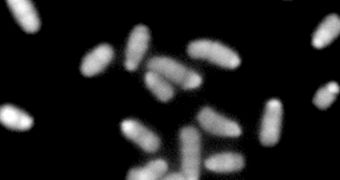Researchers at the University of Cambridge announce the development of a fast and comprehensive method for determining what causes differentiation in stem cells. This process is critical for allowing these cells to form any other type of cell in the human body.
Understanding cell differentiation could lead to a deeper understanding of a wide range of diseases, including liver disorders, maladies of the heart and the cardiovascular system, and many types of cancer. At the same time, researchers could learn a lot more about how genes function.
Experts with the Wellcome Trust-Medical Research Council Stem Cell Institute at Cambridge used single-chromosome stem cells during their investigation. These cells are easier to track and analyze than regular, double-chromosome stem cells.
The team was able to look at the circuitry inside this cell population that is rewired when cell differentiation begins. Through this process, stem cells change their properties to form any type of cell in the body, from neurons to muscle cells, the team explains.
The Cambridge researchers say that they chose embryonic stem cells for this study because these are the most basic stem cells in the human body. They are the first to appear from the fertilized egg, and one of their most interesting abilities is that of self-renewal.
This capability allows them to retain their properties throughout a person's life, whereas all other cells go through a process called programmed cell death (or apoptosis) and die regularly. They are then replaced with new cells, thus minimizing the risk of harmful mutations occurring in the body.
With the help of the new method, experts hope to uncover and explore the genetic factors that led to differentiation in embryonic stem cells. A large number of such elements have already been identified, the team reports in the January 9 issue of the esteemed scientific journal Cell Stem Cell.
“The conventional approach is to work gene by gene, and in the past people would have spent most of their careers looking at one mutation or one gene,” explains researcher Dr. Martin Leeb, a co-leader of the new study with Cambridge professor Austin Smith.
“Today, the process is a bit faster, but it’s still a methodical gene by gene approach because when you have an organism with two sets of chromosomes that’s really the only way you can go,” the expert adds.
“This is a powerful and revolutionary new tool for discovering how gene circuits operate. The cells and the methodology we’ve developed could be applied to a huge range of biological questions,” Leeb concludes.

 14 DAY TRIAL //
14 DAY TRIAL //